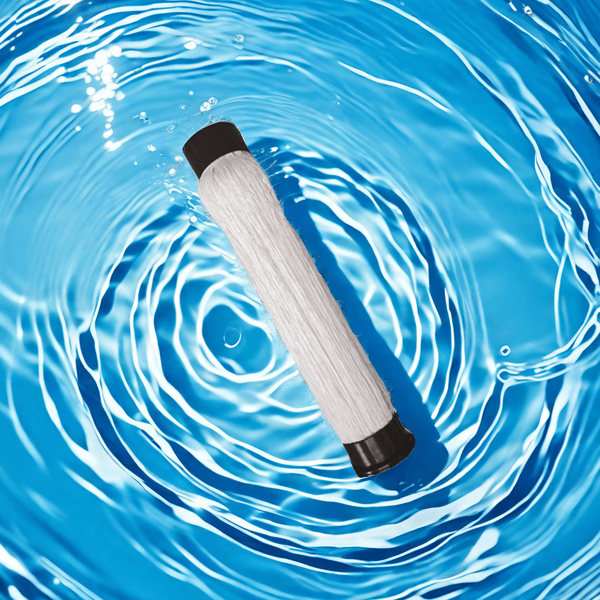What are the changes of MBR membrane under different operating conditions?
How does MBR membrane perform under different operating conditions?
According to the information provided, the performance of MBR membrane under different operating conditions mainly includes the following aspects:
1. Membrane flux:
Under normal operating conditions, MBR membrane can maintain a stable membrane flux.
With the extension of operation time, the membrane flux will gradually decrease, which is mainly caused by membrane pollution.
2. Transmembrane pressure difference (TMP):
Under constant flow operation mode, TMP will gradually increase with the extension of operation time.
Under constant pressure operation mode, membrane flux will slowly decay over time.
3. Membrane pollution development:
Initial pollution stage: The membrane surface interacts strongly with colloids, organic matter, etc. in the mixed liquid.
Slow pollution stage: mainly EPS, SMP and other sticky substances form a gel layer on the membrane surface, causing the membrane resistance to rise slowly.
Fast pollution stage: flocs quickly gather on the membrane surface to form sludge filter cakes, and TMP rises rapidly.

4. Temperature influence:
Water temperature that is too low will affect the efficiency of biological treatment and should usually be kept within the range of 10-35℃.
5. Influent water quality influence:
High concentrations of COD, SS and oil will accelerate membrane fouling.
The pH value should be controlled in the neutral range (6-9). Excessive acidity or alkalinity will affect the biological treatment effect and membrane life.
6. Aeration intensity:
Proper aeration can reduce the accumulation of pollutants on the membrane surface and delay membrane fouling.
Excessive aeration may increase energy consumption and even damage the membrane components.
7. Operation mode:
Intermittent operation mode (such as 15 minutes of suction and 2.5 minutes of stop suction) can effectively slow down membrane fouling.
8. Cleaning effect:
Physical cleaning (such as clean water filtration and continuous aeration) has a poor cleaning effect on MBR membrane fouling.
Chemical cleaning (such as acid cleaning and alkaline cleaning) and ultrasonic cleaning are more effective in restoring membrane performance.
In general, the performance of MBR membrane is affected by a variety of operating conditions, and it is necessary to maintain its long-term stable operation through measures such as optimizing operating parameters and regular cleaning.
